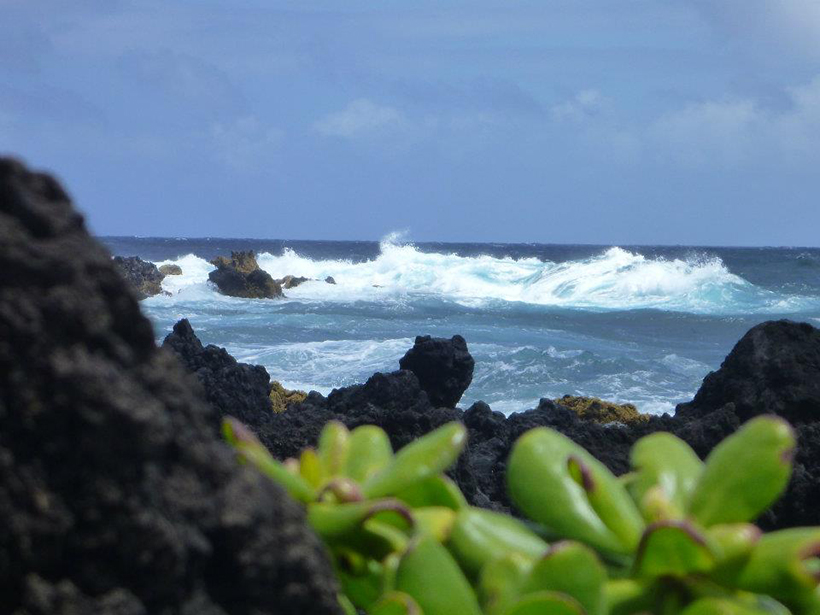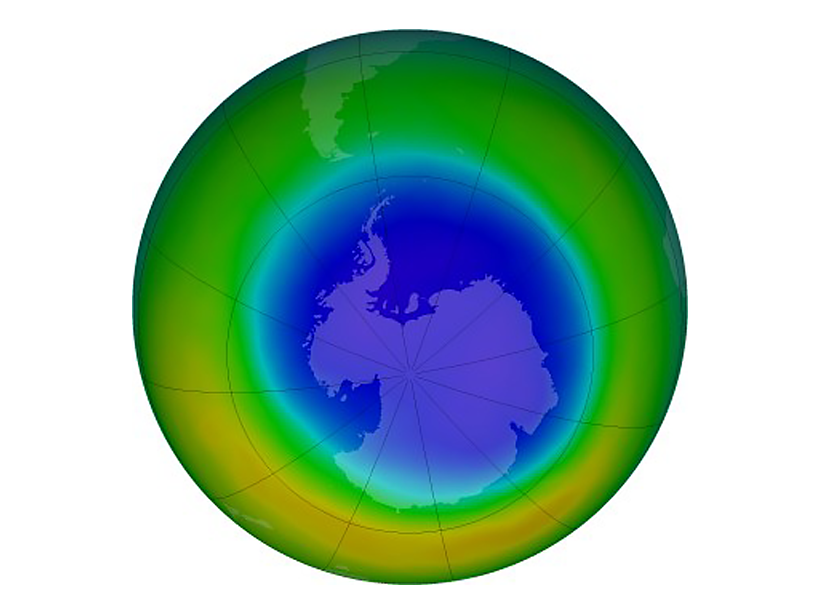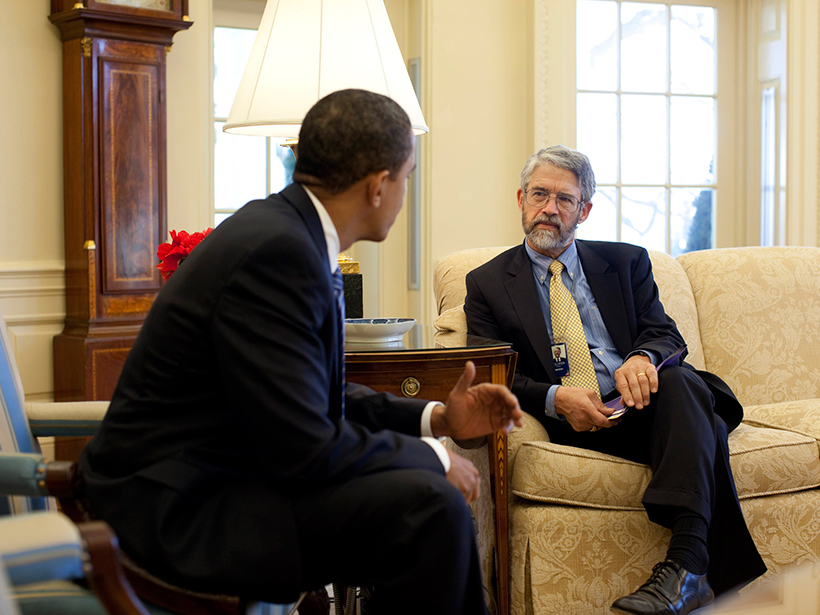A new climatology tool uses satellite data to map precipitation in a data-sparse region of the Pacific Ocean.
science policy
Former Academy Head Predicts Few Obstacles for Female Successor
Prior to retiring last week as president of the U.S. National Academy of Sciences, Ralph Cicerone said the academy is ready for its new leader to be a woman and a younger person.
Antarctica's Ozone Hole Is Healing, Scientists Say
The ozone hole over Antarctica has shrunk by 16% since its peak in 2000, and some suspect it may disappear entirely by midcentury.
Academy Head Says Political Rancor Harms Science, Society
The retiring National Academy of Sciences president says allegations that climate change is a fraud are deeply upsetting. But he hopes rabid partisanship can be eased.
Measuring Progress Toward Sustainable Goals
Grouping targets that need to be hit into composite goals may help countries evaluate their progress toward sustainable development targets laid out by the United Nations.
Report Touts White House Science Impact
The Obama administration also announced a milestone for White House science adviser John Holdren, who on 18 June set a new record for longevity in the science advisory role.
Enhancing Safety in a Volcano's Shadow
A new project gives civil authorities and scientists a common set of tools for assessing volcanic hazards and managing associated risks.
Geoscientists Visit Their Legislators on Capitol Hill
The American Geophysical Union's Congressional Visits Day acquaints members of Congress with the breadth of geophysical research being carried out in their districts and across the nation.
Experts Look for Early Successes from Paris Climate Accord
Although many current country pledges may be "unambitious" and "vague," one expert said the Paris agreement is just the first round in reducing emissions.









